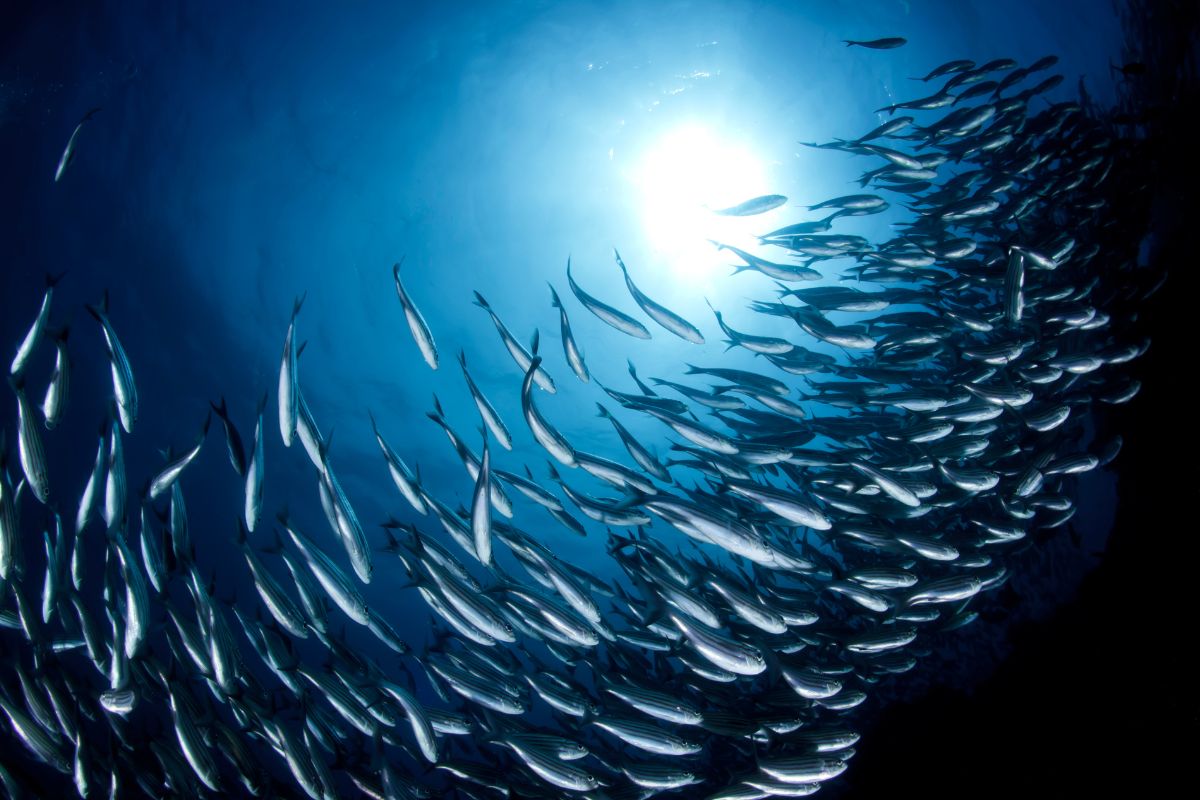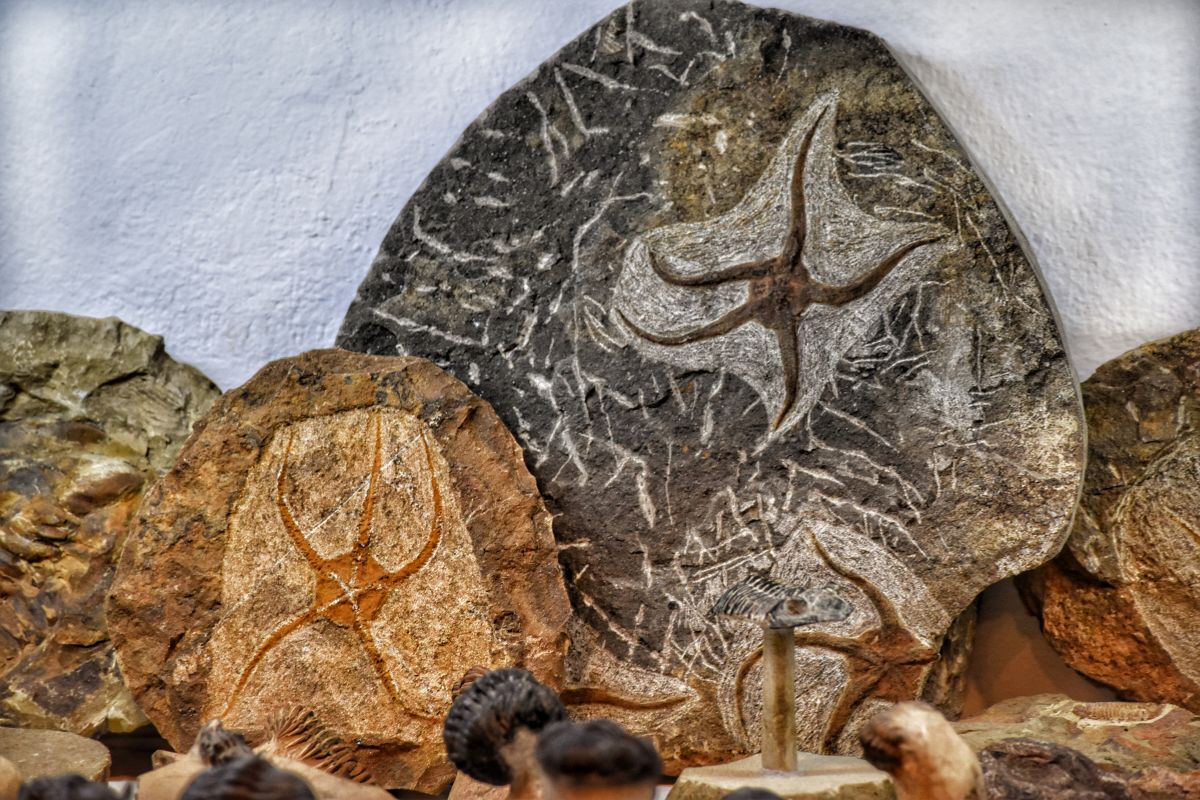Nestled at the crossroads of Africa and Europe, Morocco is a land of astonishing natural beauty and ecological diversity. From the towering peaks of the Atlas Mountains to the expansive stretches of the Sahara Desert and the lush, green oases that dot the landscape, Morocco is a treasure trove of natural wonders. To protect and preserve this extraordinary natural heritage, Morocco has established a network of national parks known as Moroccan National Parks, each offering a unique window into the country’s diverse ecosystems and wildlife. In this article, we’ll embark on a journey to explore some of Morocco’s most remarkable national parks and the vital role they play in conserving the nation’s natural treasures.
Discovering Morocco’s Natural Wonders: A Guide to Moroccan National Parks
1. Toubkal National Park: The Majestic Atlas Mountains
Toubkal National Park, located in the heart of the High Atlas Mountains, is a haven for mountain enthusiasts and nature lovers. The park is named after Jebel Toubkal, which is not only the highest peak in Morocco but also in all of North Africa, soaring to an impressive 4,167 meters (13,671 feet) above sea level. This rugged terrain offers breathtaking vistas of snow-capped peaks, alpine meadows, and pristine valleys.
Toubkal National Park is not only a paradise for hikers and climbers but also a sanctuary for a variety of wildlife, including Barbary macaques, ibexes, and numerous bird species. The park’s high-altitude ecosystems are uniquely adapted to the harsh mountain climate, making it a fascinating area for ecological research and conservation efforts.
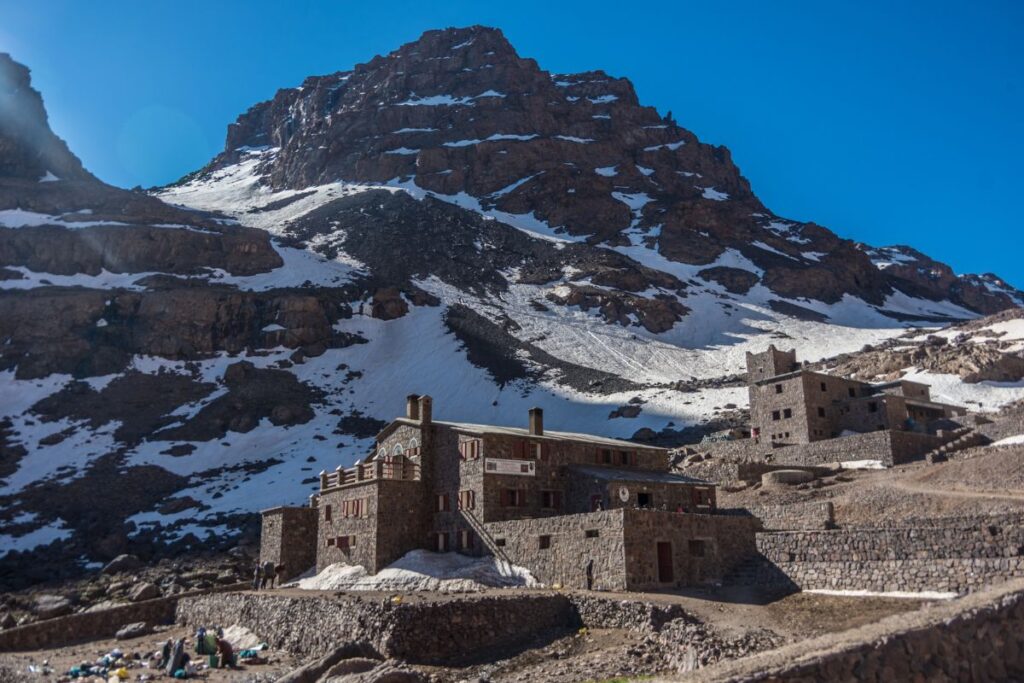
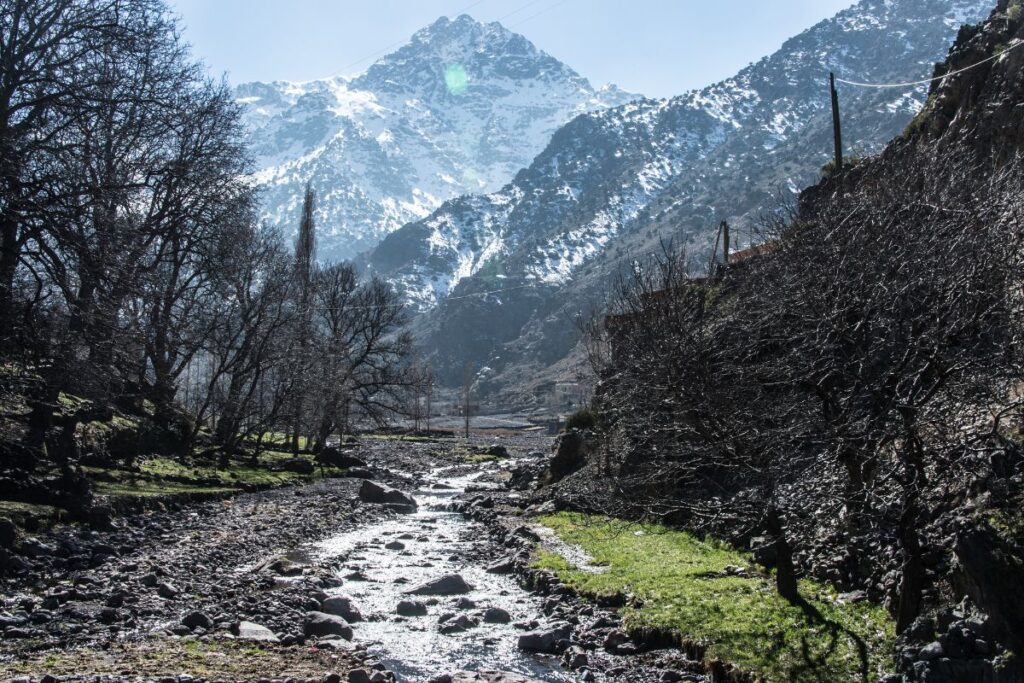
2. Souss Massa National Park: A Coastal Gem
Moving southward to the Atlantic coast, we encounter the enchanting Souss Massa National Park. This protected area is renowned for its diverse coastal ecosystems, including tidal flats, dunes, and wetlands. Souss Massa is a crucial stopover point for migratory birds on their journeys between Europe and Africa, making it a birdwatcher’s paradise.
One of the park’s most iconic residents is the endangered northern bald ibis. These distinctive birds with bald heads and long red bills were once believed to be extinct in Morocco but were rediscovered in the region, leading to intensified conservation efforts. Souss Massa National Park plays a pivotal role in safeguarding the habitat of these magnificent birds and other wildlife.
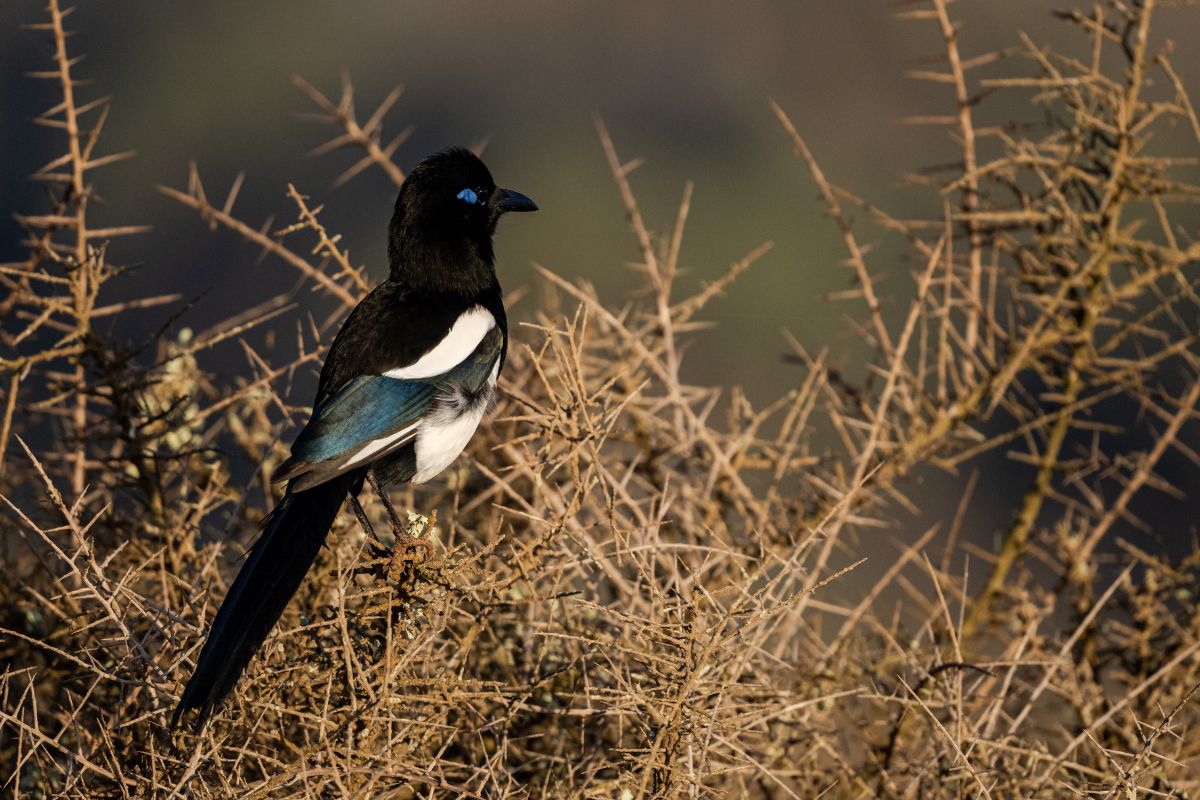
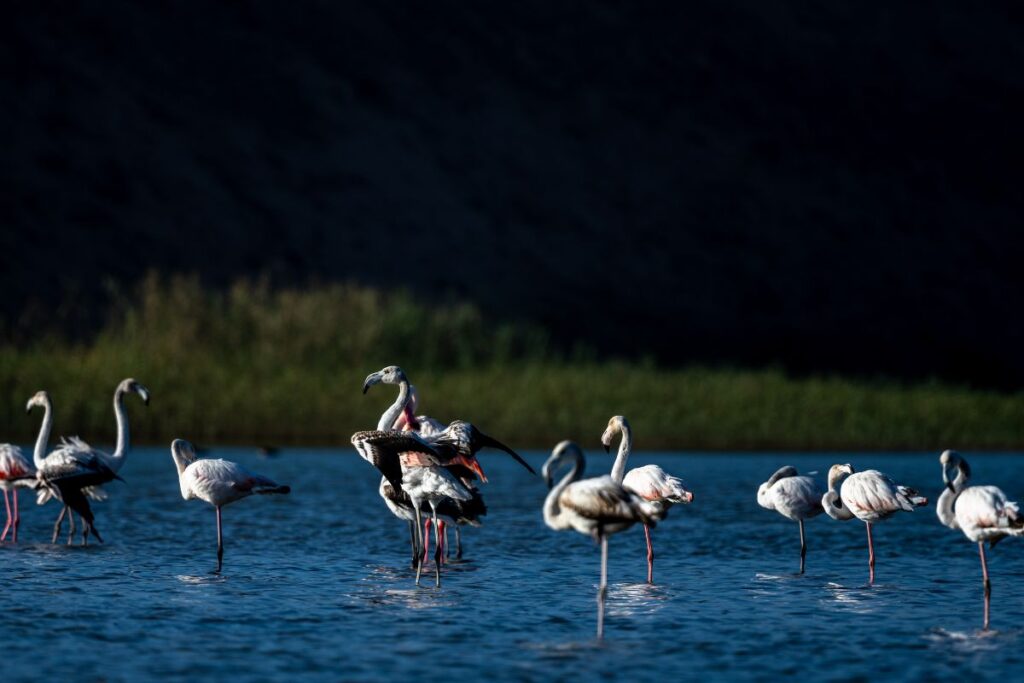
3. Ifrane National Park: The Middle Atlas Gem
Ifrane National Park, nestled within the Middle Atlas Mountains, presents a striking contrast to the rugged landscapes of Toubkal. Known as “Little Switzerland” due to its European-style architecture and lush greenery, Ifrane is a serene retreat for those seeking a tranquil natural escape.
The park’s cedar and oak forests provide a haven for Barbary macaques, wild boars, and red deer. Additionally, the park is home to several picturesque lakes, including Lake Dayet Aoua, which is famous for its resident flamingo population. Ifrane National Park showcases the harmony between human settlements and nature, making it a unique example of sustainable coexistence.
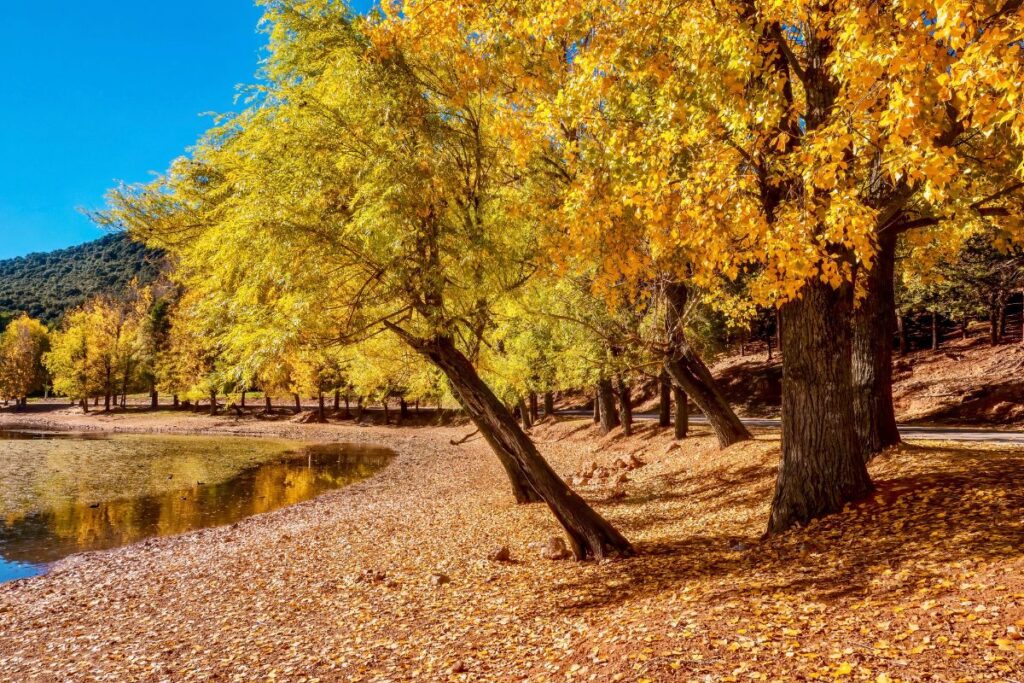
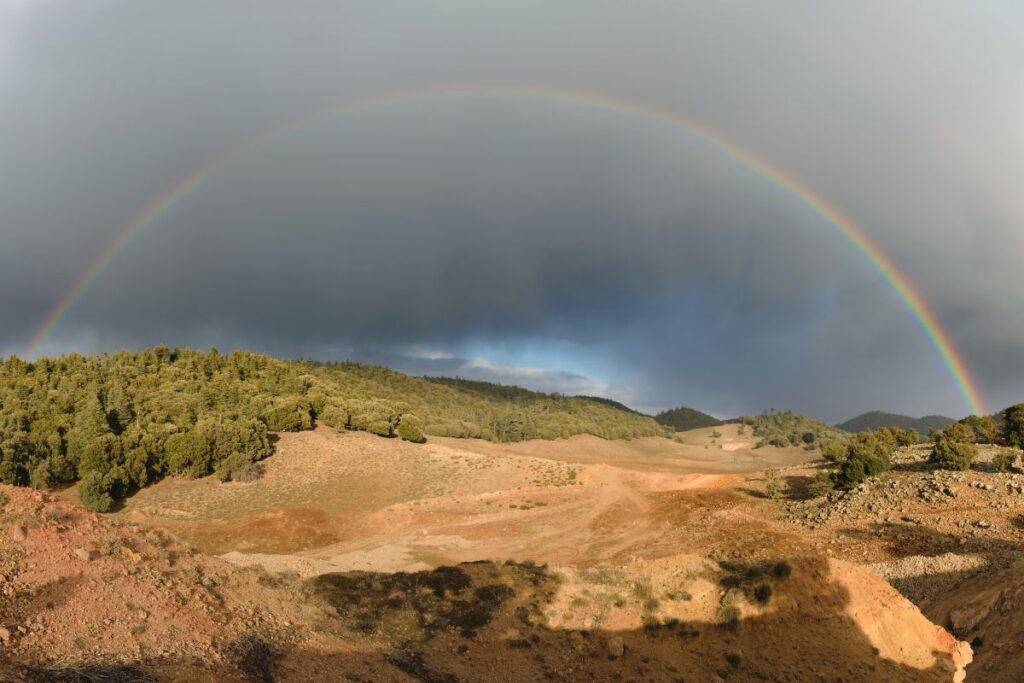
4. Al Hoceima National Park: A Coastal Paradise
On the Mediterranean coast lies the stunning Al Hoceima National Park, a true gem of Morocco’s protected areas. With its rugged coastline, pristine beaches, and crystal-clear waters, this park is a haven for marine life and a paradise for divers and beachgoers.
Al Hoceima National Park encompasses both terrestrial and marine ecosystems, offering a rich tapestry of biodiversity. Beneath its azure waves, you’ll find colorful coral reefs, dolphins, and a variety of fish species. The park also provides a refuge for endangered species like the Mediterranean monk seal. Conservation efforts here aim not only to protect the park’s natural beauty but also to support the livelihoods of the local communities.
5. Tazekka National Park: The Richness of Eastern Morocco
Nestled in eastern Morocco’s limestone plateaus, Tazekka National Park is a testament to the country’s geological diversity. Its unique landscapes feature deep canyons, dramatic gorges, and lush cedar forests. The park’s crown jewel is the Aguelmam Azigza, a series of stunning sinkholes and underground caves.
Tazekka is home to a variety of wildlife, including the elusive Barbary leopard, as well as numerous bird species like the Bonelli’s eagle and the Egyptian vulture. The park also plays a vital role in safeguarding the region’s water resources, making it essential for both biodiversity and local communities.
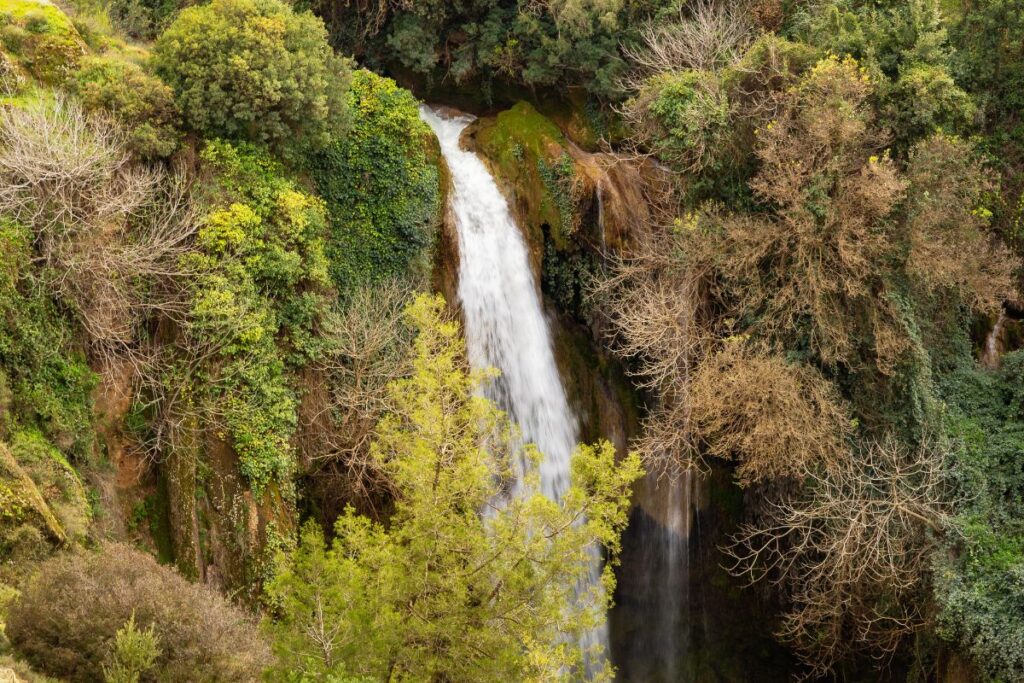
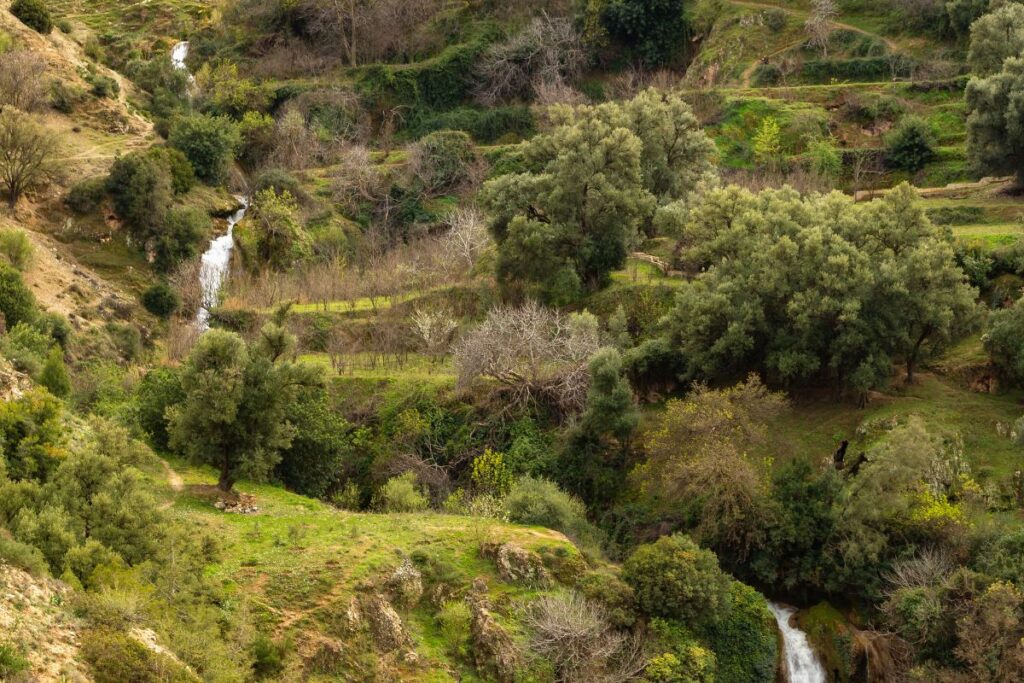
6. Dakhla National Park: Preserving Saharan Ecosystems
In the vast expanse of the Western Sahara, Dakhla National Park stands as a symbol of conservation amidst the arid Sahara Desert. This unique park protects coastal and desert ecosystems and is known for its important populations of seabirds, migratory birds, and waterfowl.
The park’s lagoons, mudflats, and salt flats are vital breeding and feeding grounds for numerous bird species, including flamingos, herons, and ospreys. Dakhla National Park’s conservation efforts extend to marine life as well, with a focus on the protection of the park’s important sea turtle nesting sites.
Preserving Morocco’s Natural Heritage
Moroccan national parks are not only gateways to extraordinary natural beauty but also strongholds of conservation efforts. These protected areas play a pivotal role in preserving Morocco’s diverse ecosystems, safeguarding endangered species, and promoting sustainable tourism and education.
As visitors and conservationists continue to explore and appreciate the remarkable biodiversity and landscapes of Morocco’s national parks, the nation’s commitment to preserving its natural heritage remains unwavering. These parks are a testament to the harmonious coexistence of humans and nature and serve as beacons of hope for the future of conservation in Morocco and beyond.
